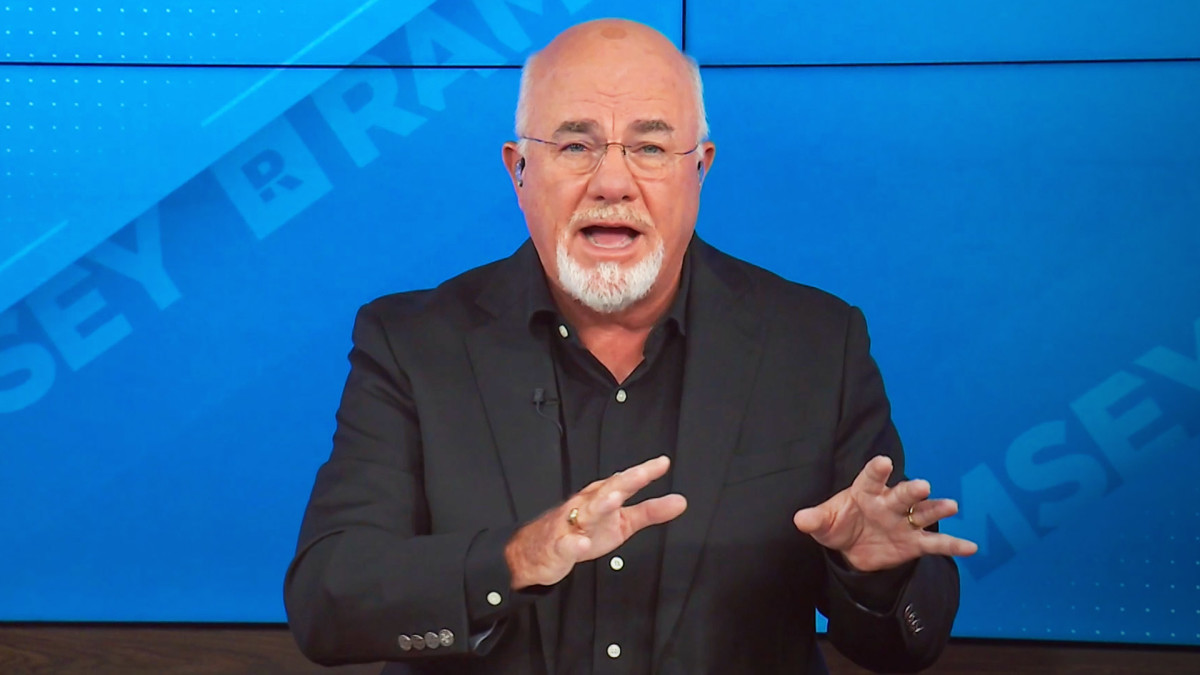Motherhood Has Implications For Women's Financial Well-being, Ebri Suggests

Motherhood may be priceless for many women who experience it, but it may also come with financial costs, according to a new analysis.
Women with children face notable disadvantages in wealth accumulation compared with their childless counterparts and with fathers, according to new research by the Employee Benefit Research Institute.
The analysis from EBRI, based on data from the US Census Bureau’s 2023 Survey of Income and Program Participation, found that mothers between the ages of 25 and 65 reported lower ownership rates and lower median values across key asset categories, including retirement savings, investment accounts, and homes. Income disparities were also prominent.
Compared with fathers, mothers were less likely to own retirement assets (55 percent vs. 45 percent, respectively) and had lower median incomes ($64,140 vs. $38,040).
“This discrepancy may be attributed to many mothers choosing to pause their careers or take on less demanding roles, such as accepting lower positions or switching to part-time work, which significantly reduces their incomes compared with those of fathers,” the report stated.
Among childless adults, the gender pay gap narrowed significantly, with men earning $48,541 and women $45,492 – a difference of just 7 percent.
The financial gap extended to retirement assets, where fathers had a median account value of $75,000, compared with $44,700 for mothers. Among those without children, men and women reported nearly identical median retirement asset values – both around $28,000.
While 59 percent of fathers reported owning a home, only 54 percent of mothers did. Among non-parents, women actually outpaced men in some asset categories: 56 percent of childless women said they owned retirement assets, compared with 50 percent of men.
“Single mothers, in particular, reported the lowest asset ownership rates for all asset types examined compared with any other group,” the report noted.
It also found that “single mothers received the lowest median total income and held the lowest asset values across all asset types.” For instance, just 30 percent of single mothers owned retirement assets, compared with 63 percent of married women without children.
Among women, those who were married – whether with or without children – reported the highest total incomes and asset values. Married women without children reported a median income of $52,342, 27 percent higher than married mothers. Asset values followed similar patterns, particularly for retirement savings and investments.
Among homeowners, mothers who were no longer married reported the highest individual home values at $250,000. However, this may reflect partial ownership of a household asset, as home values were recorded at the individual level.
EBRI researchers noted that these findings should be considered by policymakers and benefit plan sponsors when developing programs that aim to improve financial security for working families.
“Benefit plan sponsors and policymakers clearly should consider the challenges parents face in accumulating assets when designing and regulating benefit plans,” the report said.


